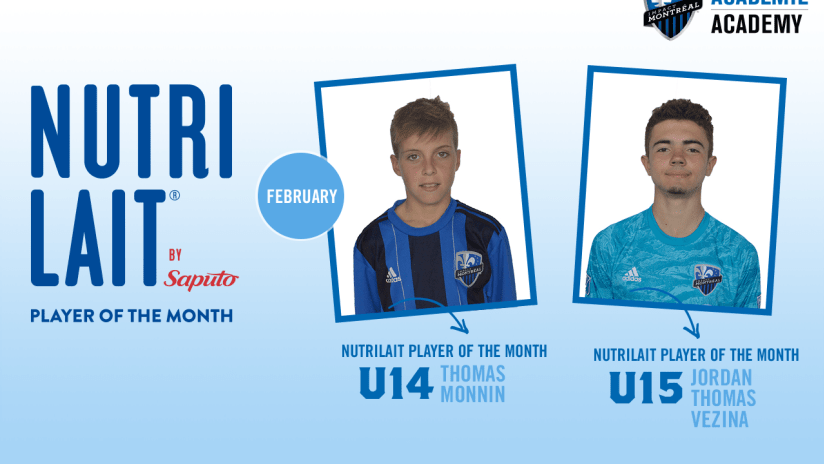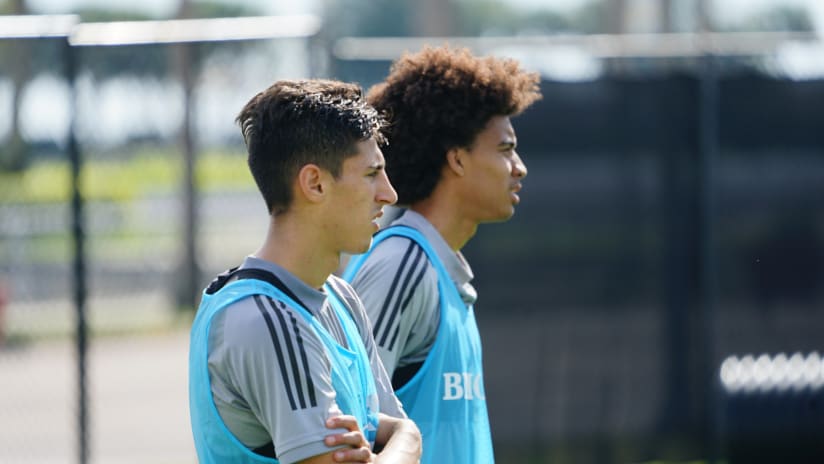The return of players and the coaches to the Impact Academy happens in August. Most of the time, it means the young players who get back to training have to go through a series of tests.
Marie-Christine Pelletier, the Academy sports therapist, takes advantage of this time to test players for concussion and movement and to get references on the players from different teams to be able to prevent injuries. She focuses on three specific tests.
“The SCAT (Sport Concussion Assessment Tool) is a concussion test that takes less than 10 minutes to do and is approved by most of the international sports federations,” explains Marie-Christine Pelletier. “We do these tests at the beginning of the season to have a reference on players if they get a concussion. Some might try to go back, pretending to have no symptoms, but these tests help us judge if they are ready or not. It’s mandatory for everyone and we do them every year when they come back to the Academy.”
The USSDA (U.S. Soccer Development Academy), the league in which the Impact U16 and U18 teams play, also asks teams to conduct another concussion test, called the ImPACT test, which is done on the computer.
“This test measures reaction time, memory and concentration," added the sports therapist. It should be noted that it’s also to get a reference point on the player. Not everyone has the same memory or concentration level, but the goal is to evaluate what’s normal for each player.”
This way, therapists and coaches know when the player is back to normal levels, before making him get abck to the pitch.
The last test is the FMS (Fuctionnal Mouvement Screen).
“It’s a series of 7 tests that help us target imbalances in basic movement,” added Marie-Christine Pelletier. “When we have imbalances, it can mean the player has up to 3.5 more chances to get injured. We look at each player's score and classify them in categories. We have corrective strategies to help the weaker groups. Under a certain level, the player is not authorized to practice until he gets a passing score.”
After a four to five week break, injury risks are higher. It’s important to use these tests to evaluate everyone's form. Therapists, physical trainers and coaches work together to prevent risk of injury as much as possible.




